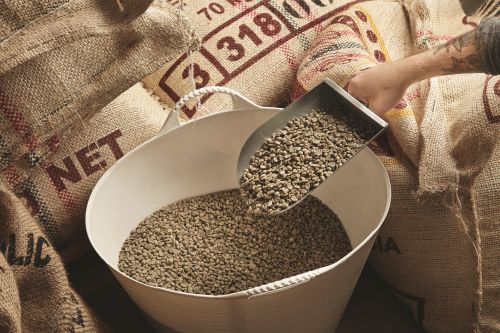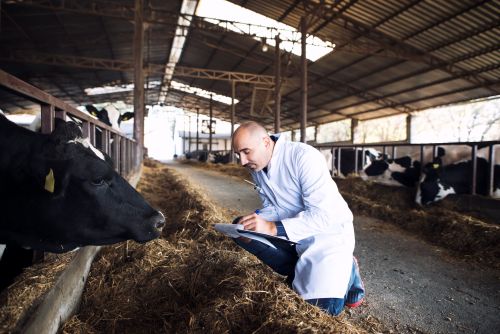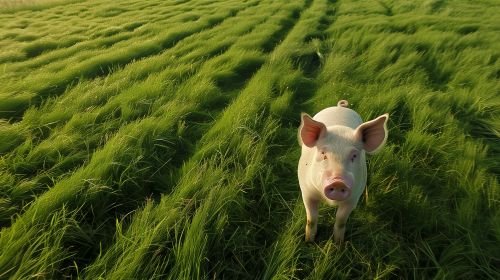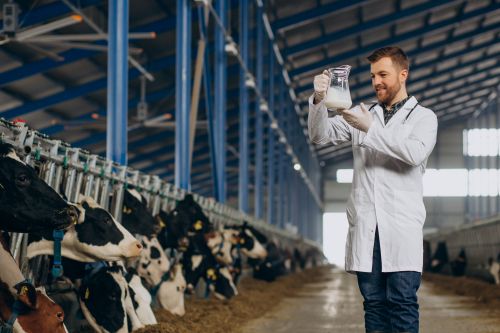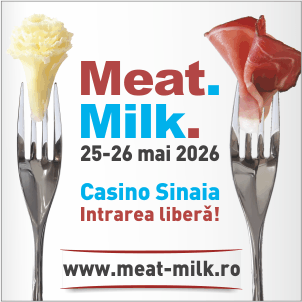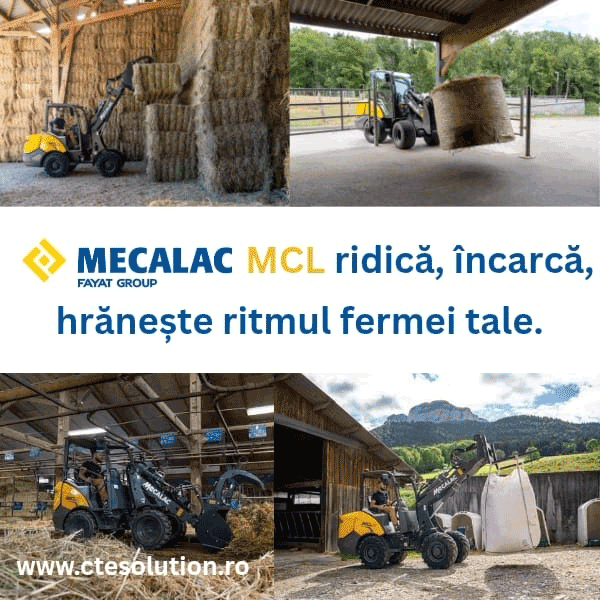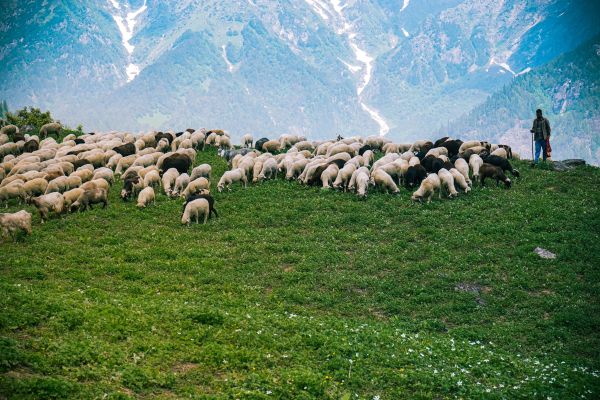
Sheep farming remains one of Romania’s most traditional agricultural activities — and also one of the most dependent on climate conditions. According to data from the National Institute of Statistics (INS), the total number of sheep and goats exceeds 10.3 million head, keeping Romania in second place in the European Union, after Spain.
In 2024, live sheep exports surpassed one million animals, mainly destined for markets in the Middle East. However, the European Commission recommends reducing long-distance transport and encouraging local processing instead.
Climate change, drought, and rising feed costs are putting increasing pressure on farmers in arid regions. The new eco-schemes proposed through APIA provide support for controlled grazing, biodiversity restoration, and planting of green shelterbelts. In addition, AFIR finances farm modernization through the introduction of automated watering and monitoring systems.
Although demand for cheese and sheep’s milk products remains stable, the competitiveness of the sector depends on moving from traditional production to integrated models – modern farms, local processing, and regional branding. Romania has the potential to turn an ancient tradition into a European competitive advantage.
(Photo: Freepik)
